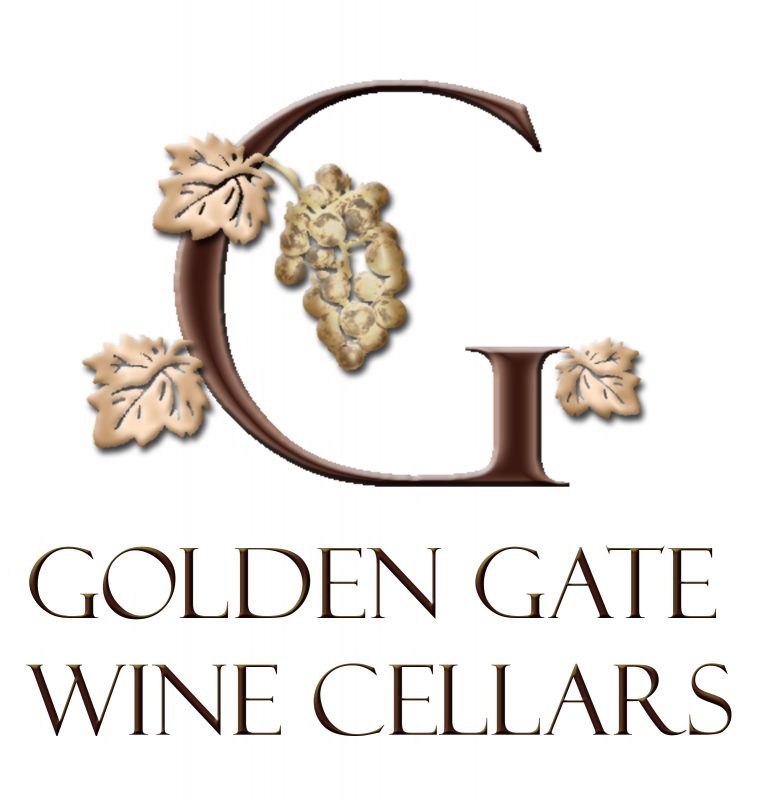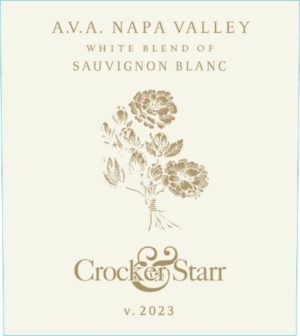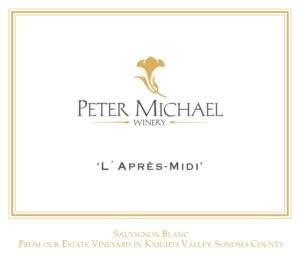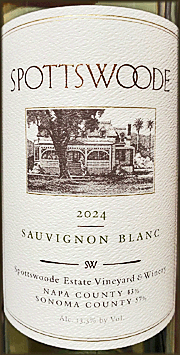Sémillon is a golden-skinned grape used to make dry and sweet white wines, most notably in France and Australia.
Sémillon, which is relatively easy to cultivate, consistently produces six to eight tons of grapes per acre from its vigorous vines. It is fairly resistant to disease, except for rot. The grape ripens early, when, in warmer climates, it acquires a pinkish hue. Since the grape has a thin skin, there is also a risk of sunburn in hotter climates; it is best suited to areas with sunny days and cool nights.
The Sémillon grape is rather heavy, with low acidity and an almost oily texture. It has a high yield and wines based on it can age a long time. Along with Sauvignon Blanc and Muscadelle, Sémillon is one of only three approved white wine varieties in the Bordeaux region. The grape is also key to the production of sweet wines such as Sauternes.
Sémillon is the major white grape in the Bordeaux wine regions and Côtes de Gascogne. Whereas today Australia’s major white varieties are Chardonnay and Sauvignon blanc, early in the country’s viticultural development it was Sémillon, then mislabeled as Riesling.
Proprietary White
Crocker Starr 2023 Sauvignon Blanc, A.V.A. Napa Valley 96+ Points



